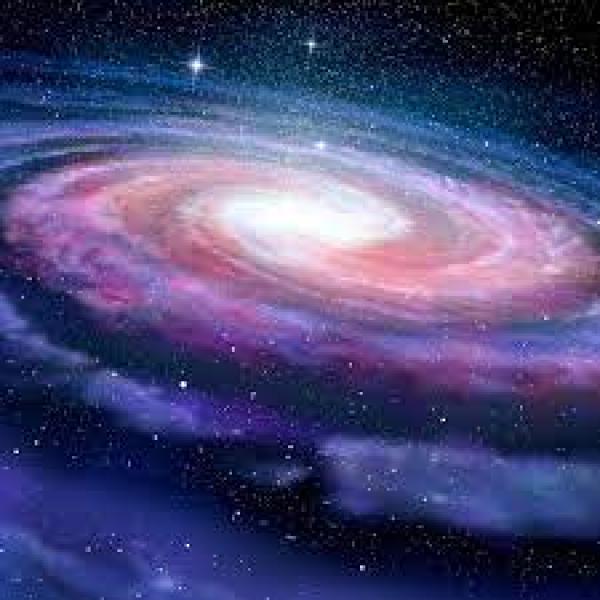Happy New Year! I hope that you have enjoyed (and continue to enjoy) a wonderful Christmas season. I have finally made it back home to Atlanta as of yesterday after spending the fall semester in Collegeville, Minnesota and am now set upon the urgent task of fixing my windshield (which somehow go a large crack in the journey) and fixing my hair (which has me currently looking like a banshee). Hopefully both of these will be remedied within a week, before I set out for a couple of CGS courses in Florida—the best way I know to bounce back from the cold of Minnesota.
But while we are still wrapped in Christmas, what a glorious moment to continue to ponder the mystery of Incarnation. As you well know, there are two great feasts in the Christian year—Christmas and Easter. Both celebrate something incredible… and I mean that in the true sense of the word: in-credible, unbelievable, too good to be true. Easter celebrates the death and resurrection of Christ. And, for those of us who have been close to the mystery of death, as so many of us have in recent years, the idea of resurrection is definitely something that sounds too good to be true. Christmas celebrates the birth of Christ. And for a long time, that struck me as a bit easier to grasp. But this past year, in getting to be part of the Preaching and the Sciences project, and especially getting to talk to Grace Wolf-Chase, I’ve been thinking more about the stars.
On a clear night out in Collegeville, one can see around 6,000 stars. (In Atlanta, that number is reduced to around three, but I’m trusting they are still up there.) The 6,000 stars visible to the naked eye, however, are only a tiny percentage of stars we could potentially see. Scientists guesstimate there are 100 billion stars in the Milky Way galaxy. And many of these stars have planets circling them. Best guess in the Milky Way—between 100-200 billion planets. And, of course, the Milky Way is only one galaxy among what we think are around two trillion galaxies, which means that in our universe, there are an estimate of one septillion stars. That is 1 with 24 zeroes after it. Leading to an estimate of TEN SEPTILLION planets.
And each Christmas, we make the claim that among all those ten septillion planets—more planets than there are grains of sand on a beach—God chose our planet Earth to make home. And chose to dwell here with us enjoying a human life. That strikes me a far crazier thing to believe than the resurrection of the dead.
We could raise a thousand questions here: Why here? And why us? And why at all? What is there about being human that is so amazing that God would want to join in the experience?
Does anyone have an answer to these questions? No? No. This might be why over and over again during this season we re-read that “Mary took all these things and pondered them in her heart.”
It is what we can do during this blessed season also. Just sit with the mystery of it all without fully understanding it. If this is true—as generations of our ancestors in faith have insisted in passing on to us—then it is entirely fitting to continue to bake cookies and carol and toast and dance and set off fireworks and worry not about all the calories we’ve consumed. For, if true, it remains in-credible: God has chosen this speck of a planet to call home and our human life as the one to put on. There is nothing that should move us to awe and wonder more than that.
